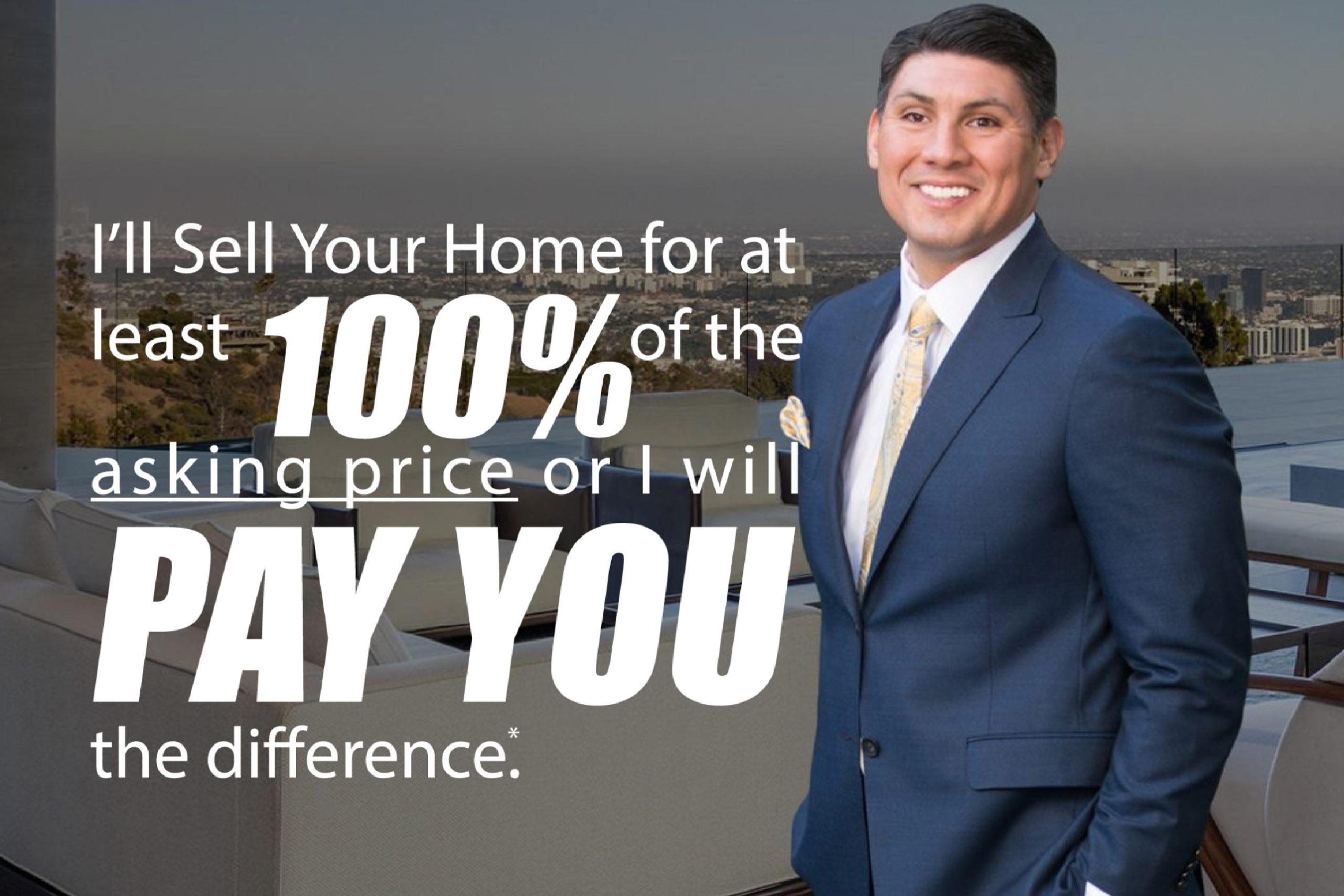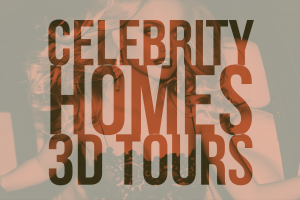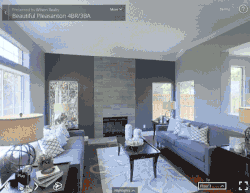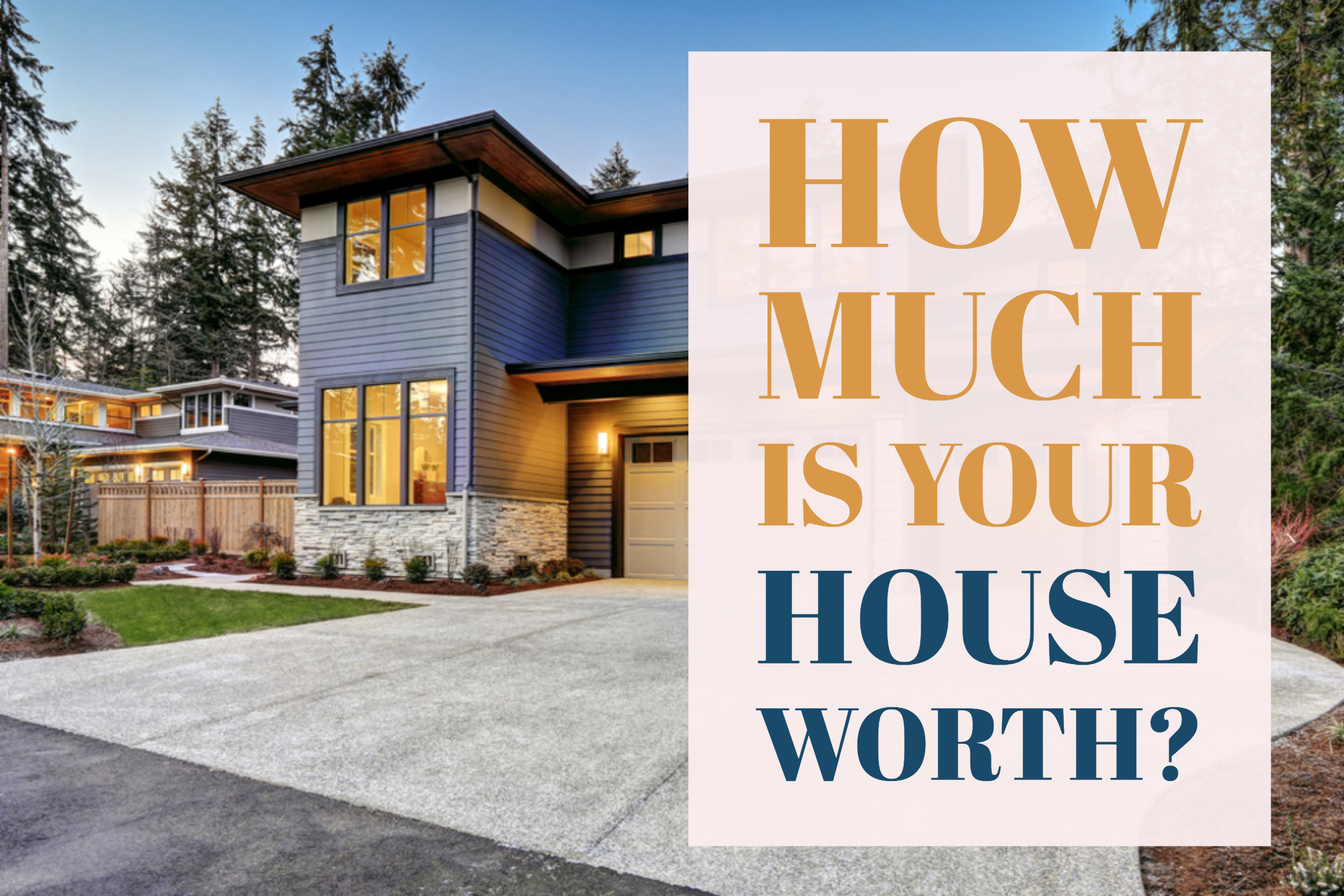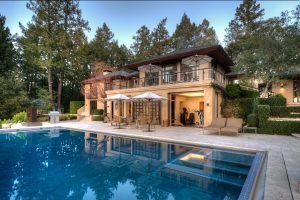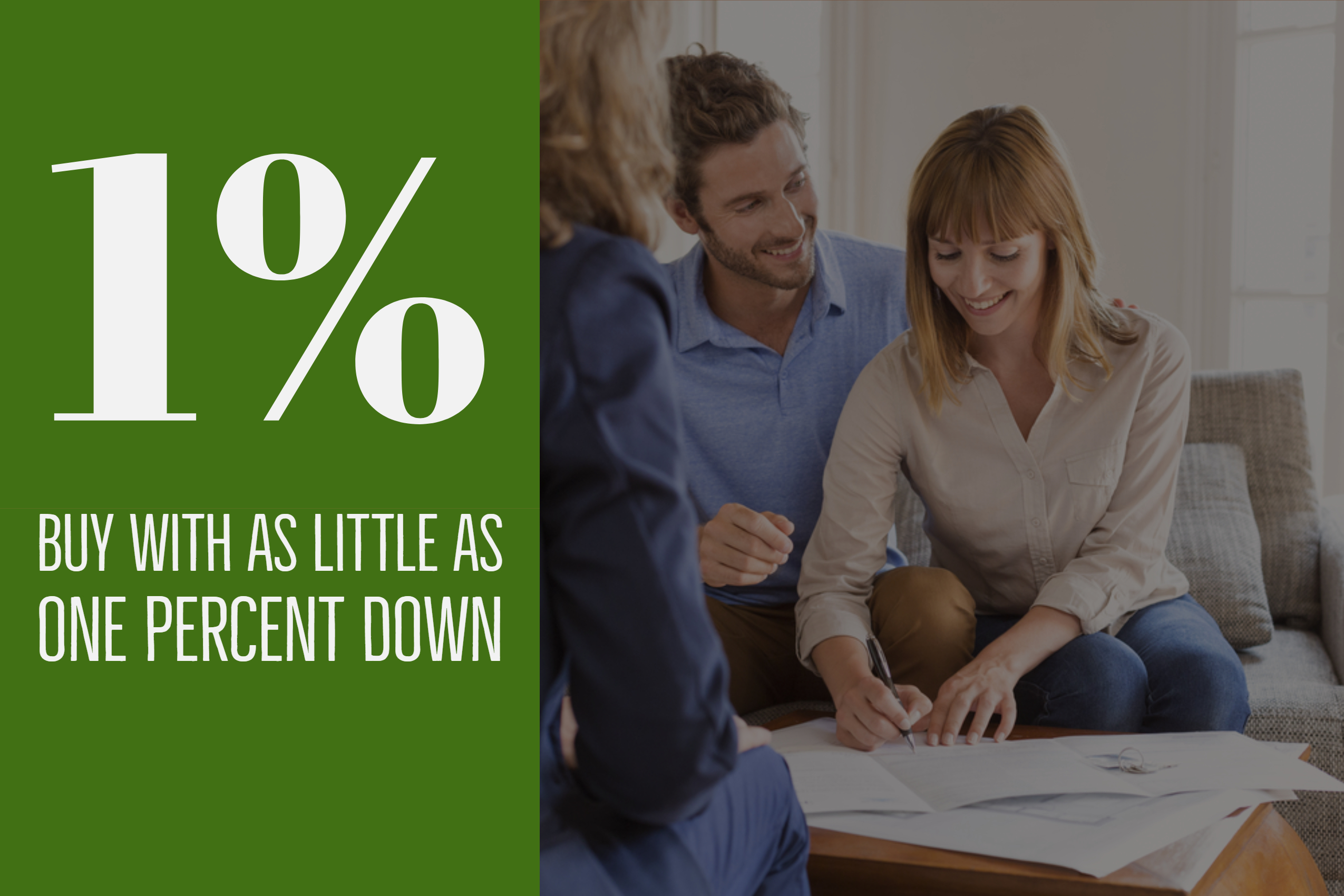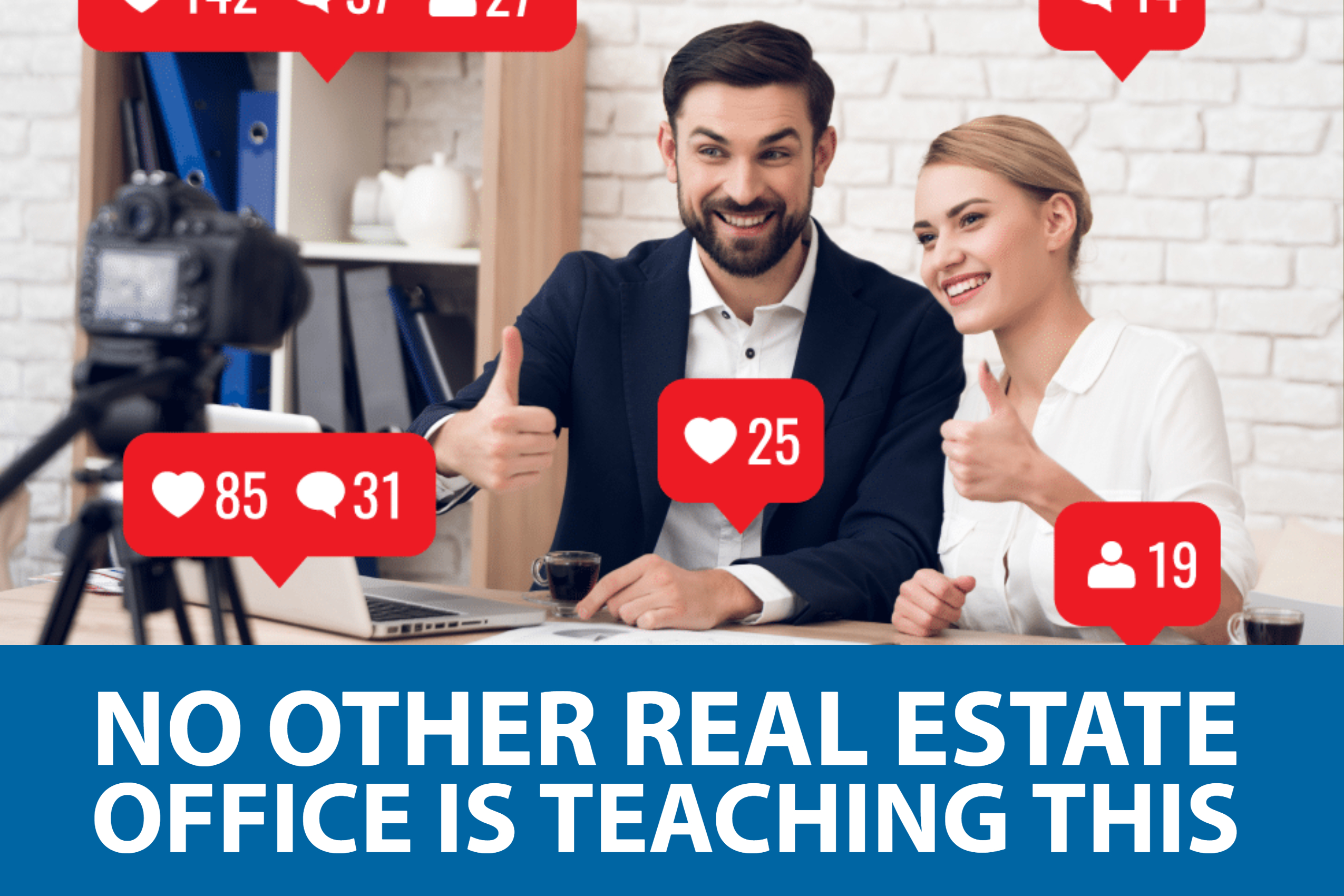6 Ways to Buy Your 1st Investment Property for $1,000 or Less

Real estate is capital-intensive — to buy investment property, you must put down large sums of money.
Everybody knows this. If you put 20% cash down on all your investment property, you will quickly run out of cash and might very well have to wait several years before you can buy another property.
Perhaps this is how you currently invest. That’s great if it works for you. But I’m about to show you another way, one that might work even better.
Please note, when I say “$1,000 or less” I’m strictly referring to your own cash.
The most successful real estate investors I know are the most creative in not only structuring their deals, but in financing them as well. One way to be a successful landlord is to be proactive in your financing strategies for funding the growth of your business.
Below are six strategies that either my friends or I have used. If you have an additional strategy, please let me know in the comments.
6 Ways to Buy an Investment Property
1. Construction
One of my friends really wanted a nice weekend house in the mountains. He wasn’t going to let the fact that he has little discretionary cash get in the way of his dream.
He looked at investment property for over a year, trying to negotiate some kind of seller-financing agreement. He didn’t find a seller-financing deal, but he ended up finding something ideal, a nice plot of land with a small cabin owned by a husband and wife, and he made a different sort of deal.
The cabin was being used as a weekend house by the owners. Unfortunately, the cabin fell into disrepair as the husband battled cancer, but the couple didn’t want to sell the cabin because they wanted to keep using it.
My friend made a proposal to fix up the cabin. He would provide the labor and the materials at no cost to the owners. In return, he would get to use the property for half the year and get the first right of refusal to buy the cabin at X price.
This was a great deal for everyone. Why? The owners got free construction work done, work that they were unable to do themselves. Plus, they used the cabin only about half the year anyway. Meanwhile, although my friend doesn’t own the property, he has effectively taken control of the property for half the year.
I consider that ownership.
2. Seller-Financing
Seller-financing is a popular type of 100% financing. Several of my friends have been able to grow their investment portfolio to over 100 units in less than four years using this strategy.
Fair warning: seller financing is a lot of work. Not only do you have to find motivated sellers, if you want to buy the properties at a discounted value, you also have to find sellers willing to finance the properties.
You could even suggest that you pay the owners via Cozy, which will ensure they get their “mortgage” payments every month. The more security you can provide upfront, the greater chance you have of getting your offer accepted.
One of the best parts about seller-financing, however, is how you can uniquely structure the loan terms. One of my friends got most of his seller-financed loans structured so that he had no payments for the first three months of owning the property.
Obviously, this is a huge cash flow benefit. It gives you time to renovate the property and get it rented without making any loan payments.
3. Wholesale
Wholesaling is another popular “no-money down” method.
Similar to flipping, wholesaling is a fast real estate investment strategy, but the wholesaler makes no repairs. The wholesaler contracts with a seller and then advertises the home to potential buyers. When the wholesaler assigns the contract to the buyer, the wholesaler makes a profit between the contract set up with the seller and the amount the buyer pays. The wholesaler must find a buyer before the contract with the seller ends.
With this strategy, you just collect a fee and move on. Usually these fees are pretty low, however, considering how much time you typically invest. Out of all the strategies I outline in this article, this is my least favorite. The reason is that it takes a lot of work to find motivated buyers and sellers.
A big benefit to this strategy is that you can do most of the work online and over the phone, which helps you execute this strategy anywhere, not just locally.
4. Joint-Venture (Equity)
I highly recommend this strategy and use it myself quite a bit. The most common type of joint venture is with two parties contributing cash for the down payment and getting a bank loan for the remainder. However, here is a more creative example:
- Partner A: $1,000
- Partner B: $1,000
- Partner B shorter-term loan: $8,000
- Bank Loan: $60,000
The second partner’s short-term loan is due within one year. If it’s not repaid by the company, debt is converted to equity, and then Partner B owns 60% of the deal.
Even in this scenario, you still own 40% of a deal and you got this ownership for only $1,000.
5. Private Loan
This is my favorite strategy out of all the low-money-down financing strategies to buy investment property. I have used this strategy to buy several single-family properties. Private loans are loans between a private lender and you.
The best part of this strategy is that you can negotiate the terms to fit your deal.
It’s very common to negotiate no payments for a short-term private money loan for one year.
6. Secured Line of Credit
If you have substantial equity in your current primary residence, you might want to consider a home equity line of credit (HELOC). These loans have very low-interest rates, and the payments are generally very low, as they are interest-only payments.
Another way a lot of investors use this strategy to buy investment property is to have a line of credit secured by a property that has been paid off. Banks generally like these types of loans because they have a first mortgage.
Usually with lines of credit, banks like to see the balance move up and down. Therefore, if you plan to buy and keep the property as a rental, use the line of credit to buy and rehab, and then refinance the property with a more permanent type of loan.
Summary
There are several ways to buy investment property using these low- and no-money-down strategies. Don’t discount yourself out of the market just because you might not have enough money to put 20% cash down. To grow a real estate business, you need multiple sources of funding. Hopefully, this article provided several strategies for you.





